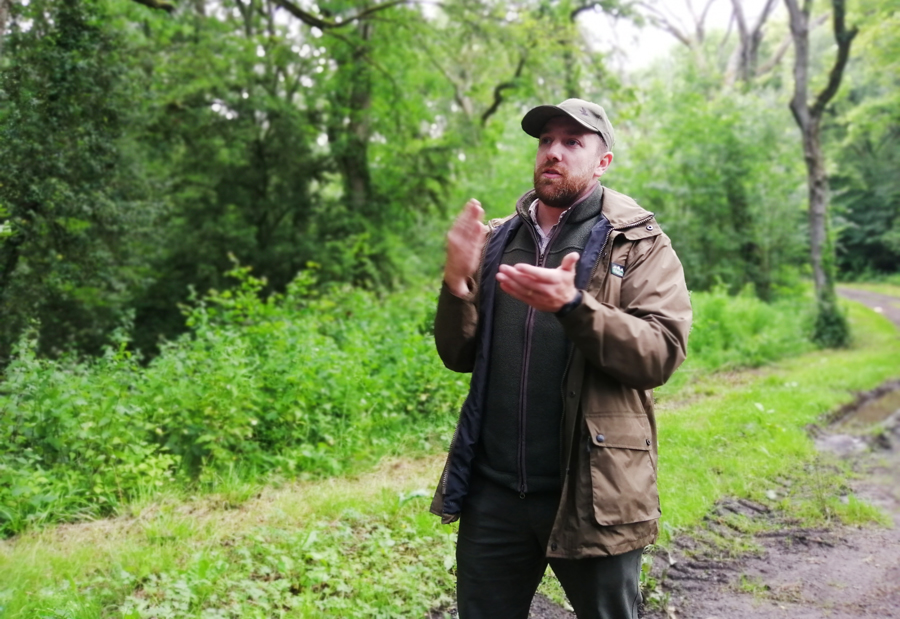Getting ready for environmental farm assessments
15th August 2020
With a different Welsh farming policy on its way as the Basic Payments Scheme and Glastir are phased out, it’s a good time to start assessing your farm to see what potential it can offer to attract future environmental payments once they have been decided, says GWCT Wales.
With a different Welsh farming policy on its way as the Basic Payments Scheme and Glastir are phased out, it’s a good time to start assessing your farm to see what potential it can offer to attract future environmental payments once they have been decided, says GWCT Wales.
“Rewarding farmers who operate sustainable farming systems is the theme of the new payments, so we are in effect giving farmers the heads -up as to what that might look like,” says Matt Goodall, GWCT Wales advisor, who is now visiting farms to do just that.
“Whether it be increasing farmland bird numbers by creating seed-rich cover crops and providing supplementary feed, planting strips for pollinators, fencing off water courses or encouraging more mixed herbal grass leys, the conversation has to be about what the farm previously provided for nature and what is possible to reinstate or introduce in the current climate,” explains Matt.
“With no assurances in place as to what the new proposed method of payments are at this stage, we can quantify what farms are currently providing and where there is potential to deliver more so that farms can be ahead of the curve ready for the future schemes,” he adds.
“What we are looking for now is habitat provision and condition; for example, thickness of hedges and species diversity within them to demonstrate the sustainability of food production which also firmly links in with animal welfare. Good hedges provide benefits to wildlife, absorb carbon and provide shelter & warmth for livestock and crops to boost production which again strengthens the link between high quality sustainable food production and environmental standards.
“In addition, farmland bird surveys are a great way of demonstrating how the farm is delivering public goods. The results can be monitored each year and management can be adjusted to build your farmland bird population, such as enhancing wildlife corridors,” says Matt, who believes that it’s so rewarding for farmers to see birds return to the farm and encourage new ones by enhancing habitat management across the farm.
“Most of the time it isn’t about huge changes but looking for the small gains here and there which add up in the long run,” says Matt, who believes simple things like putting up bird feeders in key places on the farm can have significant effects on bird populations.
Matt is back out safely conducting farm assessment visits now and is also available to do bird surveys next breeding season (April – June). In addition, there is also the Big Farmland Bird Count initiative in February to take part in, which gives an indication of what birds you have in the winter and highlights the need to help these birds survive through to the breeding season.

